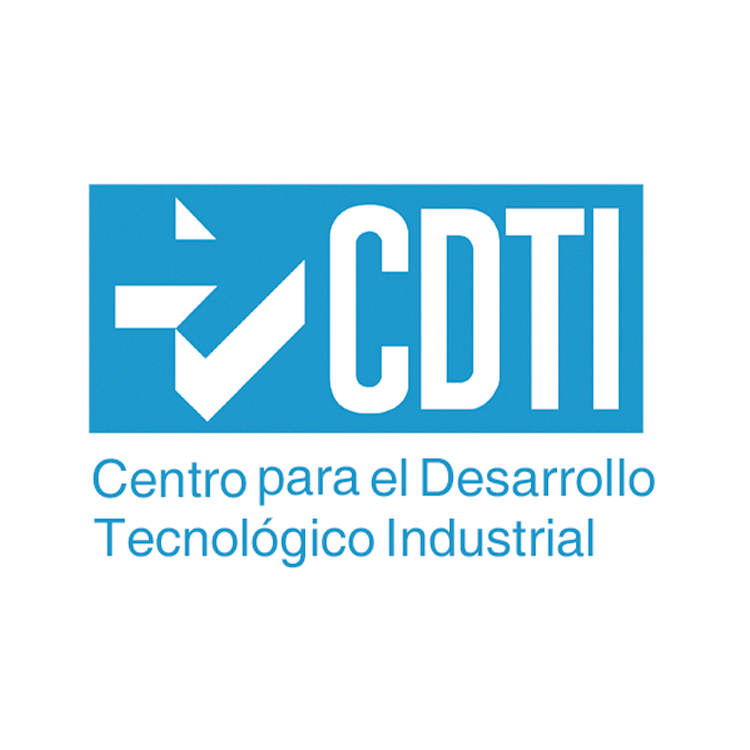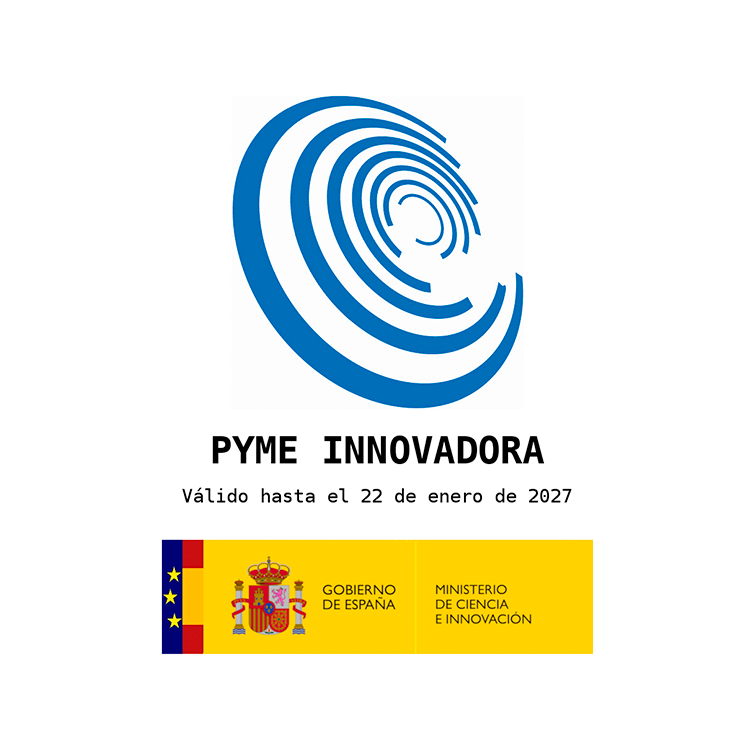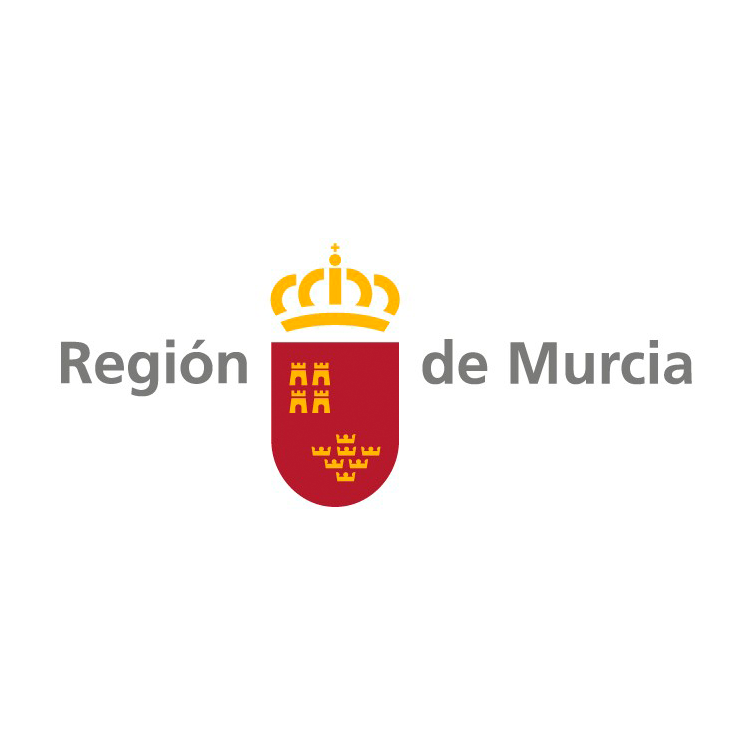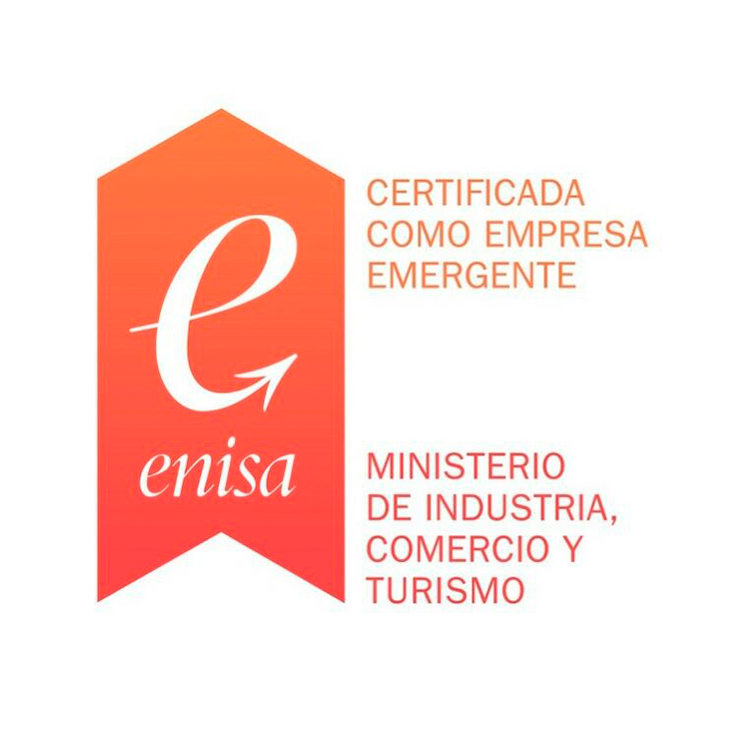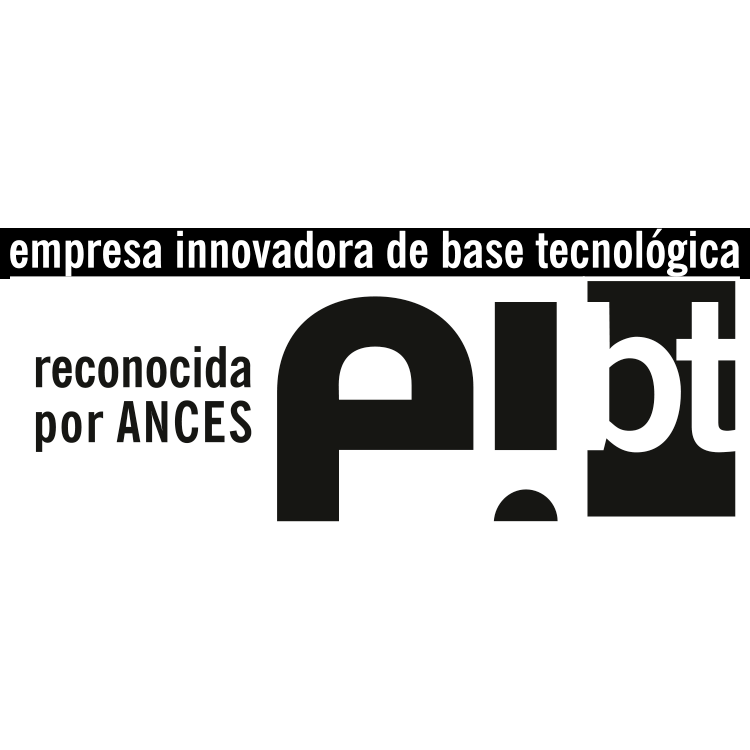In the high-stakes arena of biotechnological and medical devices startups, the CEO’s role transcends the realms of innovation and enters the intricate world of financial strategy. In these cutting-edge sectors, the journey from concept to commercialization is fraught with financial hurdles. The ability to reduce the Cost of Equity must be meticulously managed to ensure the infusion of capital does not unduly dilute ownership … or, contrariwise, overburden the company leadership with exaggeratedly high return expectations. An exaggerated high valuation may become a curse over time.
WACC and Cost of Equity:
The Weighted Average Cost of Capital is the average cost of financing a company’s operations through both equity and debt. It is a composite figure that captures the cost of each financing source, weighted by its proportion in the company’s capital structure. The formula is
WACC=((E/V)×Re)+((D/V)×Rd×(1−Tc))
where Re is the cost of equity, E is the market value of equity, D is the market value of debt, V is the total market value of financing, Rd is the cost of debt, and Tc is the corporate tax rate.
For biotech startups, WACC is particularly nuanced due to the expenditure and risks associated with R&D, coupled with the long road to commercialization. Let’s dive deeper into the first variable, Re.
The Cost of Equity represents the returns that equity investors expect, compensating them for the risk of investing in the company’s stock. The Capital Asset Pricing Model (CAPM) formula is
Re=Rf+β×(Rm−Rf)
Here, Re is the cost of equity, Rf is the risk-free rate, β is the stock’s beta (volatility), and Rm is the expected market return.
For startups in the biotech sectors, the Cost of Equity encapsulates factors such as market volatility, regulatory landscapes, and the binary outcomes of product development.
Prudent Measures to Curtail Equity Cost:
- Capital Efficiency is a must, as addressed in our previous post: non-dilutive financing, diverse capital sources, a robust IP portfolio, strategic alliances, and a talented team.
- Realistic Expectations and Transparency: Set realistic investor expectations regarding development timelines, regulatory pathways, and market entry strategies. Articulate the company’s vision, market potential, risks and scientific advancements with clarity.
- Structured Milestone-Based Funding: Progress through development milestones can significantly impact valuation. Align funding accordingly.
- Financial Prudence: The efficient capital allocation to projects with the highest potential return is crucial. Exercise financial discipline managing the burn rate to extend the company’s runway, always displaying a commitment to sustainability.
Takeaway
The CEO of a biotech startup is a Financial Steward. By reducing the cost of equity, the CEO paves the way for a future where scientific breakthroughs translate into sustainable business success.
Joaquín Gómez Moya
CEO at Viva


